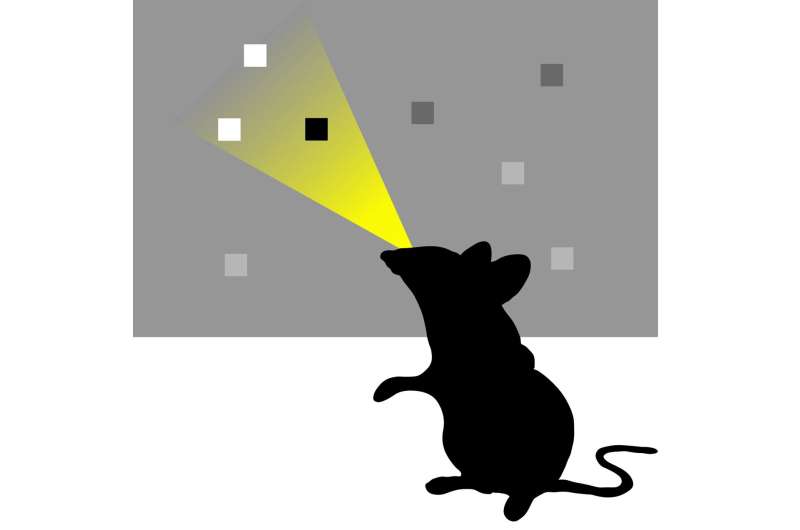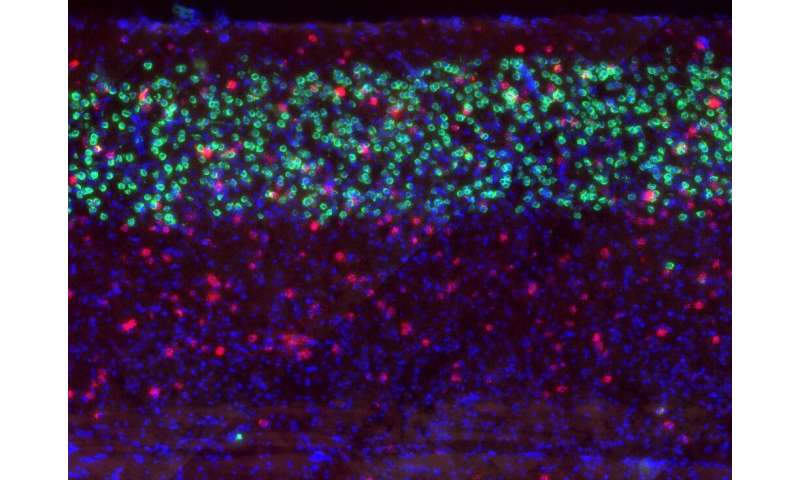buy online viagra super active online for sale pharmacy without prescription

When you are not paying attention, performance drops. For example, you are four times more likely to be in a crash if you use your phone while driving. We know differences in brain states, common side effects glucovance such as variations in attention, can influence sensory processing, but how do these states influence individual brain cells?
Neuroscientists at the Sainsbury Wellcome Center (SWC) at UCL explored how individual neurons in mice are influenced by two different cognitive and behavioral states—attention and running. These two states were once thought to share a common mechanism. However, in a new study published today in Neuron, SWC researchers found that spatial attention and running influence individual neurons independently with different dynamics.
“Previous studies in mice and primates have shown that spatial attention and running have very similar effects on sensory processing. When a mouse is running or when a primate is paying attention to a specific location, there is an increase in the sensory responses of neurons in the visual cortex. However, it wasn’t known how these states interact to modulate responses of individual neurons as there was no experimental paradigm that could address this question in the same animal,” said Takahiro Kanamori, Senior Research Fellow in the Mrsic-Flogel lab at SWC and first author on the paper.
To solve this problem, Kanamori and Mrsic-Flogel designed a behavioral task where mice had to pay attention to one of two locations on a computer monitor and discriminate the orientation of grading stimuli to gain a reward. The location could change within a session to induce a change in attentional state and in all trials, mice could choose whether to run or sit still, which allowed the neuroscientists to compare the influence of spatial attention and running on neural responses.
Kanamori recorded from excitatory neurons in layer 2/3 of the primary visual cortex, as these neurons have previously been shown to respond more when mice are running and during spatial attention tasks in primate studies.

“We found that attention and running are imposed on individual neurons independently. It makes sense to separate these signals, as attention is expected to improve visual processing even when the animals do not run. And while they run, they might shift their visual attention to different locations in the environment without interference from the influence of running,” said Tom Mrsic-Flogel, SWC Director and lead author of the study.
Source: Read Full Article
